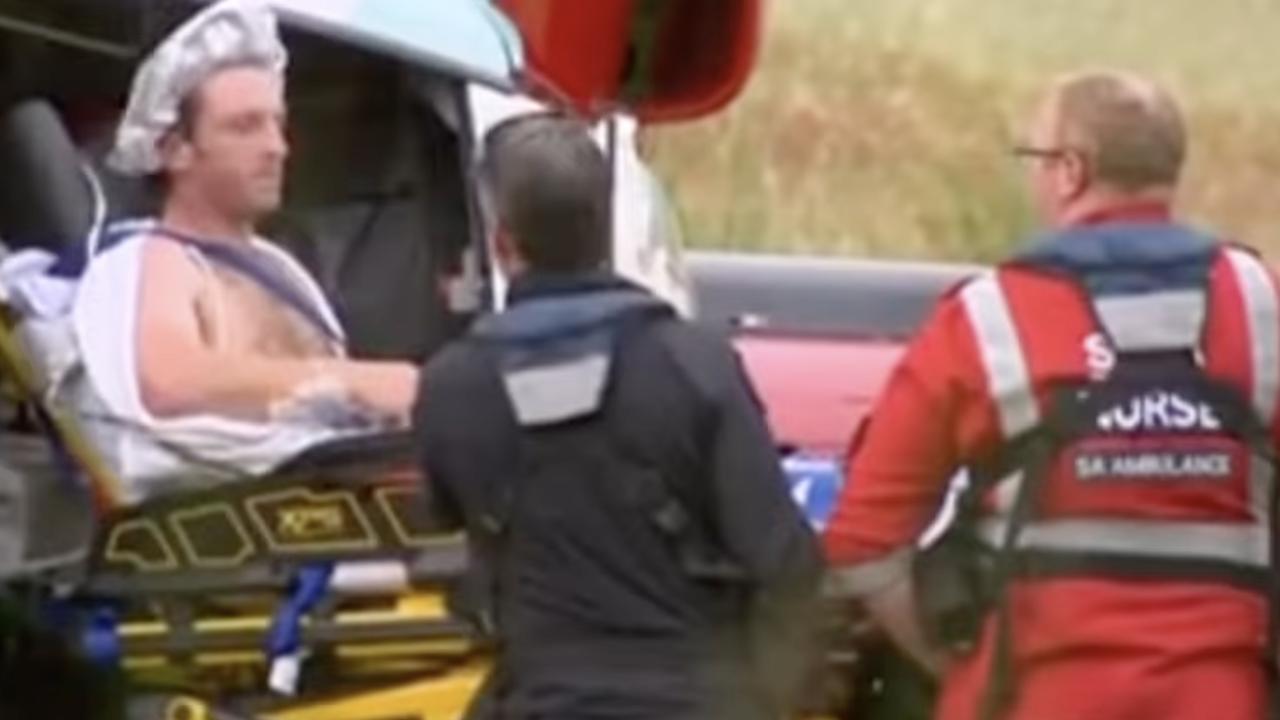‘I was left fighting for life after a sting by one of the world’s deadliest creatures’
A British tourist was left fighting for life after being stung by one of the world’s deadliest creatures during his dream holiday in Australia.
A British tourist has been left fighting for life after being stung by one of the world’s deadliest creatures during a dream holiday to Australia.
James Soale, 22, had been enjoying a dip at Palm Cove Beach, Far North Queensland, when he came into contact with a deadly Irukandji jellyfish.
The killer sea creature – known for its poisonous sting that can trigger devastating brain haemorrhages – was so tiny, Mr Soale didn’t even see it, The Sun reports.
The jellyfish’s venom also causes excruciating muscle cramps, severe pain in the back and kidneys, a burning sensation and even a psychological phenomenon which creates a feeling of impending doom.
The wedding photographer from Surry told how he suddenly felt “an electric shock” sensation as he swam with his girlfriend Savannah Callaghan, 23, on March 8.
The couple had been enjoying the holiday of a lifetime after heading to Australia for a six-week trip, when they visited the beach to cool off.
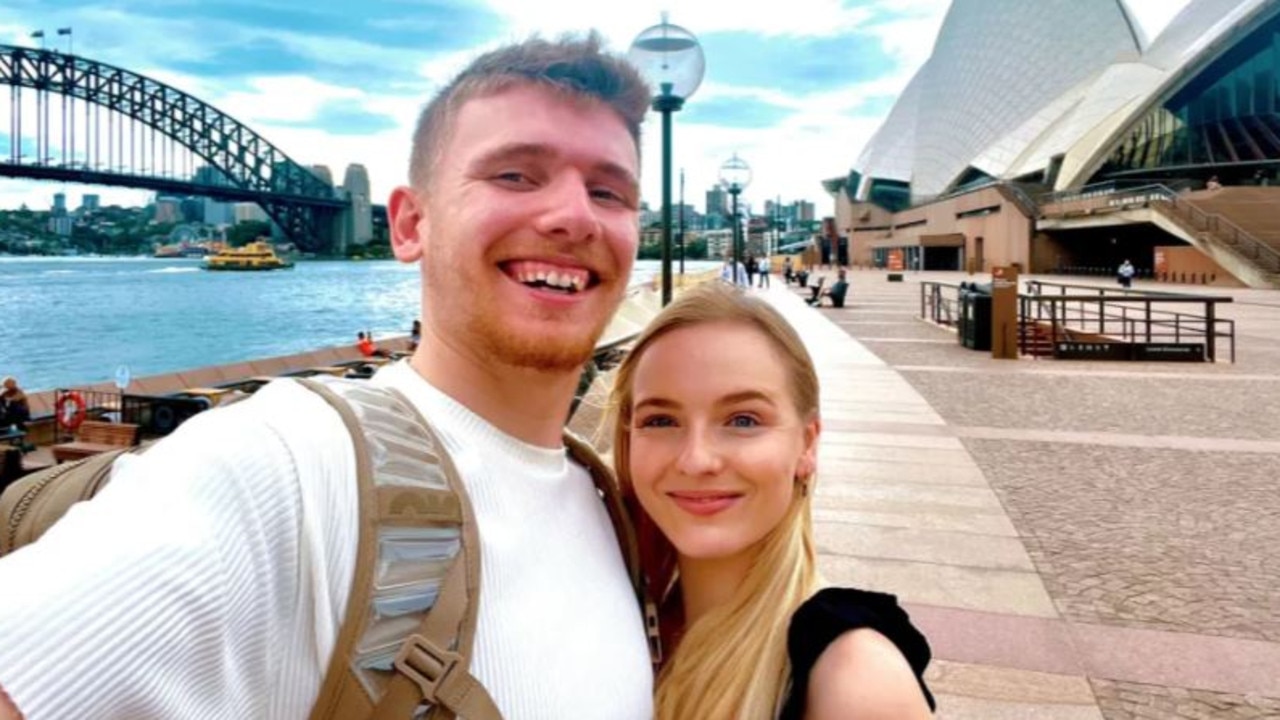
They had been following jellyfish and crocodile warnings in the area and were swimming in a netted area. But then he felt something on his left arm.
“It felt like an electric shock,” Mr Soale told The Sun.
“I suspected it was a jellyfish but didn’t know which one or the danger.
“I tried to walk it off before the pain got too much and I told the lifeguard, who quickly evacuated everyone from the sea.
“It was a scary time and the pain was excruciating. I’ve never had anything like that happen to me before,” he said.
Mr Soale was rushed to intensive care suffering chest pains and struggling to breathe. Luckily medics were able to neutralise the lethal venom.
Ms Callaghan said of the ordeal: “We arrived at the hospital and the venom had leaked to James’ heart.
“Doctors feared he could go into cardiac arrest but after around 10 hours there and medicating him, he was stable.”
After he was stung, lifeguards searched the swimming area.
“The lifeguards later found three of these jellyfish in the netted area where we were swimming,” Mr Soale said.
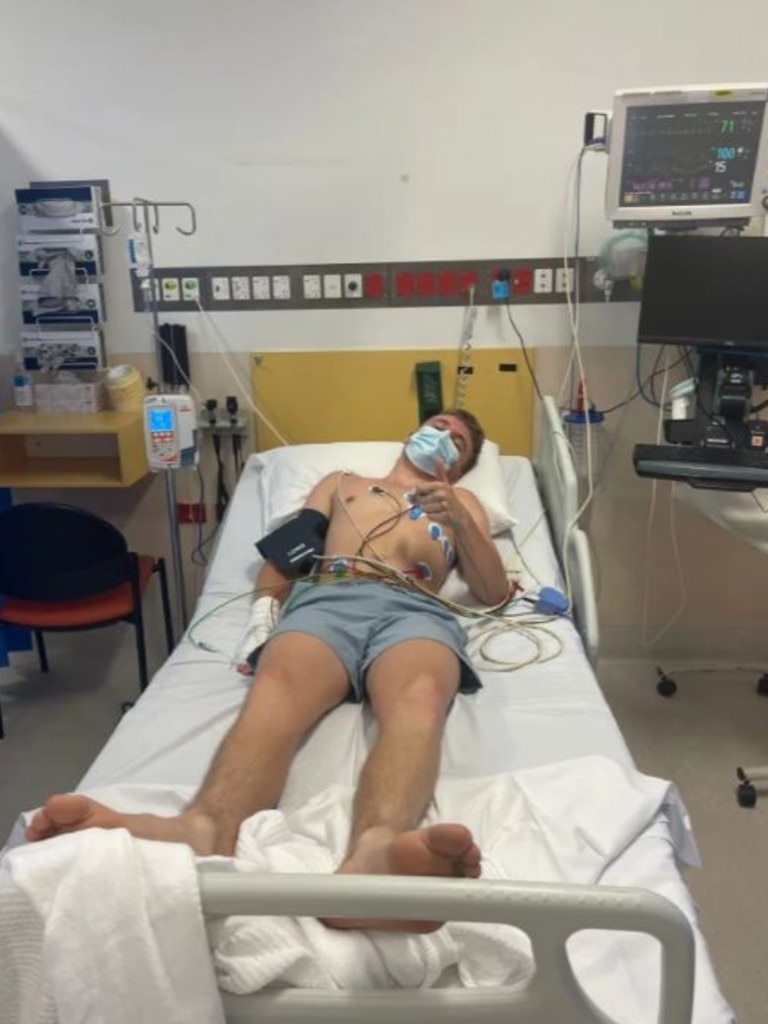
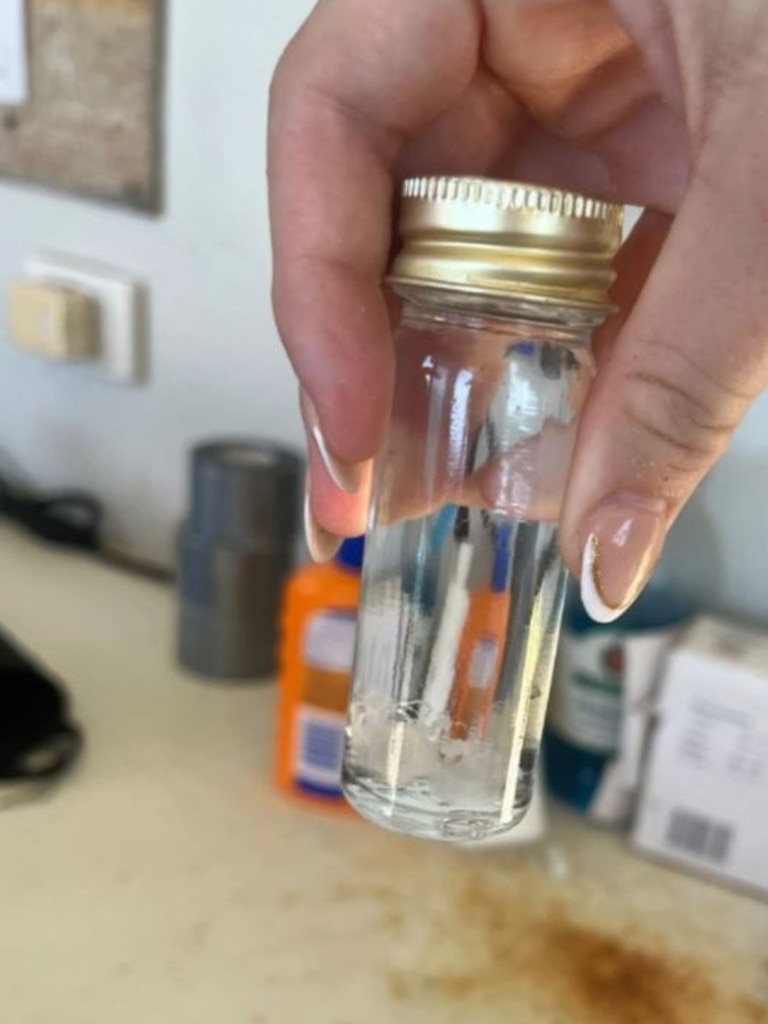
Irukandji jellyfish – ranging from just 1-2cm in size – have stings that are so severe they can cause fatal brain haemorrhages. On average 50-100 people each year are hospitalised in Australia after being stung.
Mr Soale was kept in Cairns Hospital under close observation for 10 hours. He has now made a full recovery – and has even headed back in the water.
“Now, 10 days later I’m feeling a bit better,” Mr Soale said. “We’ve researched the jellyfish and I now know I’ve had a very lucky escape.
“After looking into them and where they’d most likely be, we’ve managed to avoid them and I’m slowly but surely back in the water again.”
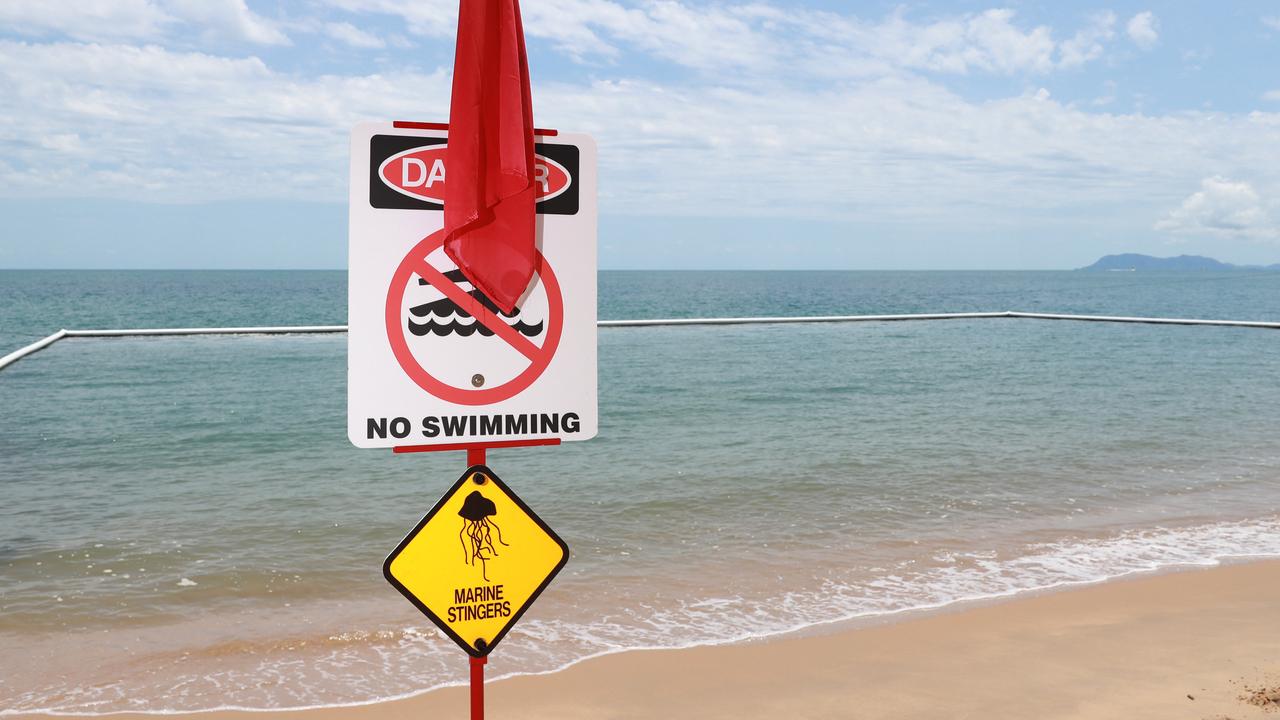
He and his girlfriend are now making the most of their final weeks in Australia before they return to the UK on April 1.
According to the Whitsunday Regional Council, there are only around 100 Irukandji stings each year in Queensland that require medical treatment.
Surf Life Saving Queensland says marine stinger enclosures are designed to stop box jellyfish, but Irukandji can still get through.
The website recommends leaving the water if an individual is stung, dousing the sting area in vinegar and seeking medical attention if serious symptoms appear.
This article originally appeared on The Sun and has been republished with permission




